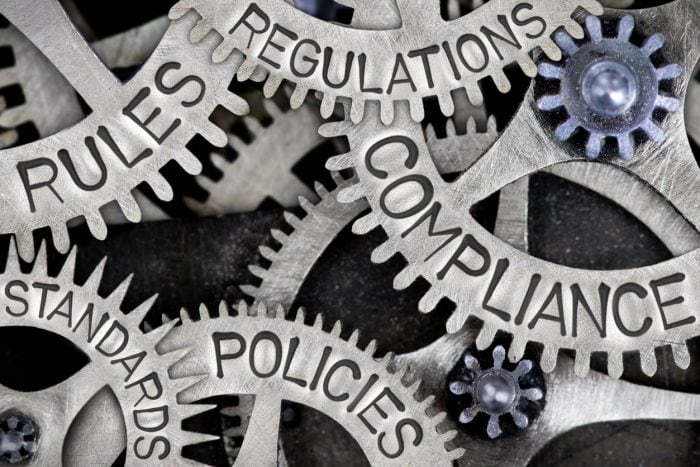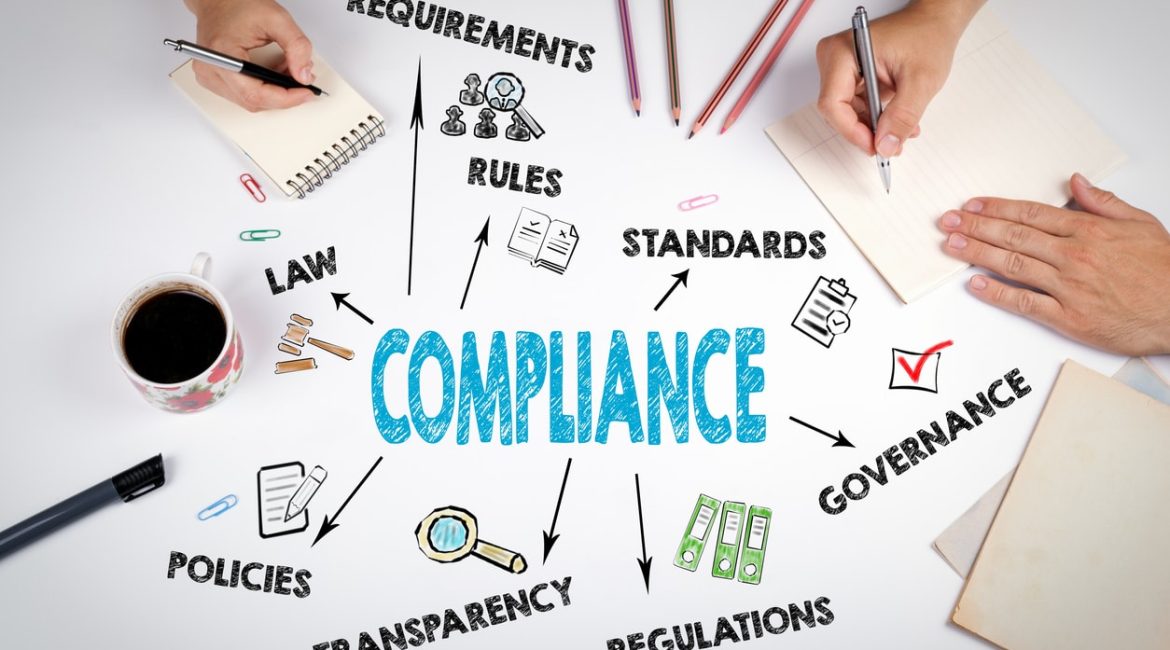
However, many companies fail to achieve desired outcomes and results from SharePoint. There might be many reasons for that. However, the primary reason might be the lack of a formal and effective SharePoint governance plan.
When you buy a new software product in your company, multiple stakeholders have assigned roles and responsibilities. Similarly, when you install SharePoint, you need to design a SharePoint online governance plan with a clear set of roles and responsibilities for each stakeholder. If not, it might create chaos in the organization as the stakeholders don’t have any ideas about the responsibilities they share. It is for this reason that SharePoint governance is essential.
What is SharePoint Governance?
Though the term governance might confuse you, it simply refers to creating transparent processes that help stakeholders in understanding their roles and duties. As per Microsoft, the definition of SharePoint governance is “The set of policies, roles, responsibilities, and processes that guides, directs, and controls how an organization’s business divisions and IT teams cooperate to achieve business goals.”
If you search on the internet, you will find many definitions for SharePoint governance including SharePoint governance tools. Nonetheless, the underlying fact is that it is a set of policies that guides and directs the organization about using any software or IT product (in our case SharePoint) to improve efficiency and productivity.
An ideal SharePoint governance plan helps the organization assign roles and responsibilities to stakeholders, help meet business needs, and directs different divisions and teams to cooperate and achieve business goals.
Why is SharePoint Online Governance Important?
- Without a pre-defined SharePoint online governance plan, there would be chaos as different users and teams access the system together, without defined roles and responsibilities.
- Furthermore, in this information-driven era, organizations gather a massive amount of data from various sources. In addition to that, SharePoint also allows users to make their sites and applications. Effective data management would not be possible without a SharePoint online governance plan.
- When there are no clear roles and responsibilities, you can invite organizational conflicts. Additionally, an ideal governance plan emphasizes more on training and education of SharePoint. Without the plan, it would be challenging for the stakeholders to adopt the new changes.
- Data propagation is another issue that might arise when there is no SharePoint governance plan in action. It might lead to poor performance and storage issues. Moreover, it may also lead to data inaccuracy and content lifecycle issues.
- When there is a solid SharePoint online governance plan in the system, it will help users to understand their roles and responsibilities. It will make processes and operations better and well-managed, mitigating any risks of system failure and inefficiency.
How to Build a SharePoint Governance Plan?
First of all, you need to define the purpose of creating a SharePoint governance template. Also, remember that different organizations might have different governance plans based on their requirements, the number of processes and operations, their business needs.
The most typical purposes of a SharePoint governance plan are:
- Streamlining of SharePoint deployment along with its supporting services
- Keeping the systems of your organization most secure and compliant
- Ensuring the best return on the investment you have made
- Improving efficiency and productivity of all departments and teams
- Monitoring and controlling user activities by defined roles and responsibilities
- Mitigating risks of system failure and security breaches
Below is a list of components you must have in your SharePoint policies and procedure template:
Clearly Defined Roles and Responsibilities
All stakeholders who are going to use SharePoint must have clear roles and responsibilities. Furthermore, they should be responsible enough to stick to their roles. Keep this in mind to avoid chaos in the organization. Also, when you have clearly defined roles and responsibilities, it would help you set up the access right distributions and permissions levels. It will improve employee ownership and control.
Policies and Procedures
This is the most vital component of your SharePoint governance template. Policies and procedures are clear rules that define what a user can and cannot do in SharePoint. Generally, the administrator makes these rules to give permissions of documents and other assets. You need to set up a hierarchy here while giving authority to the stakeholders, including admin rights.
Back-Up Plan
What if something goes wrong in the system?
It is not a good idea to expect that everything will work smoothly. You need to have a backup plan in place to bring the system back and restore the previous versions in a secure and timely manner. You must have a backup plan!
Branding
All your SharePoint websites and applications must be uniform in look, functionality, and form. Having a consistent look will also help improve your brand recognition.
Training and Implementation
Training and implementation are also critical for the success of a SharePoint governance plan.
What good is a plan if it is not correctly implemented in the system? In addition to that, you also need to train all your stakeholders about your governance policies. And, once they are trained, you need to ensure that they follow the new policies and procedures correctly and accurately.
Scalability
What are your growth plans and business vision? Does your SharePoint governance plan scale up with your plans? Ensure that your SharePoint governance plan complements your business growth plans.
Feedback
Once the SharePoint policies and procedures template is ready and implemented within the system, create a feedback form and distribute them to all stakeholders to fill it, including issues or problems they are facing. Keep creating and distributing such feedback forms monthly or quarterly to address issues they might be facing.
Identify Governance Committee
You need to form a government committee that has members from different departments. These representatives must meet once a month or so to review, appraise, and monitor different governance rules and policies. Also, if needed, they can amend any policies and rules as per changing business needs or issues. Ensure that your SharePoint governance document is reviewed at least once a month.
SharePoint Governance Best Practices
Now, let’s discuss some of the vital SharePoint governance best practices that can make your plan succeed while mitigating any risks of failure or inconsistencies.
Visibility and Transparency
Keeping all the processes and procedures a matter of public discourse will help you to achieve your goals. Once you have a document ready with all rules and policies, take the initiative to discuss it with all stakeholders. Please encourage them to study it and come up with all concerns, questions, and issues.
Share Key Updates Regularly
If you have updated the SharePoint governance checklist or task list, you need to update the stakeholders. You can decide the form of communication at your convenience, but regularly updating them about the progress is vital to ensure smooth workflows and improved efficiency. In other words, keep the stakeholders informed about changes to the SharePoint governance checklist.
Review and Edit the Document
At least once a month, you should evaluate and amend your SharePoint governance document. Your project activities, communication, priorities, and reporting schedules change when your business requirements change. You need to upgrade your strategy regularly to keep up the pace.
Have a Customized Strategy
Many organizations tend to start from scratch when it comes to making strategies. However, you don’t need to do it. Instead, you can have a personalized strategy with some selected SharePoint governance best practices, and you are done. Ensure that your strategy can be refined at any level to meet your new business requirements.
Standardize Your Policies and Procedures
To make your SharePoint governance plan successful, ensure that you create consistent policies and procedures across all departments of your organization.
In Conclusion
Creating a SharePoint governance plan is not as easy as it may seem. However, once it is done and implemented, it will simplify your life and make processes and operations efficient and productive. There are some unparalleled benefits of creating a SharePoint governance template that works for your business. People, process, policy, and technology, are the four pillars of a successful and result-driven SharePoint governance plan. If you want to optimize SharePoint further, you can use third-party SharePoint apps, web parts and addons offered by KWizCom. They have a wide range of secured SharePoint solutions and tools to make working with SharePoint much easier and quicker.



